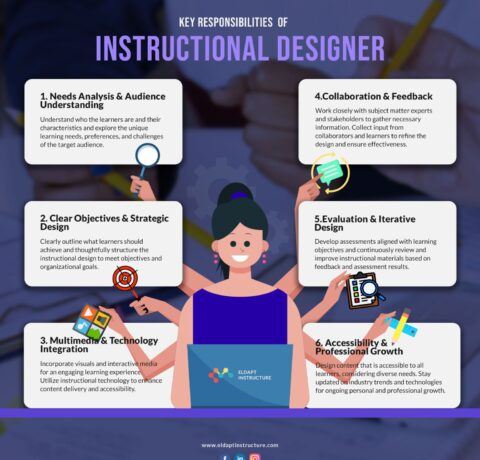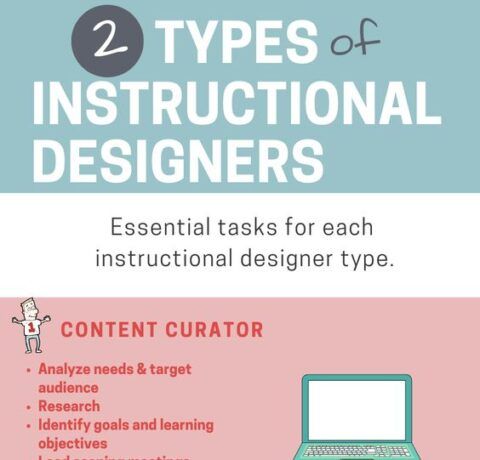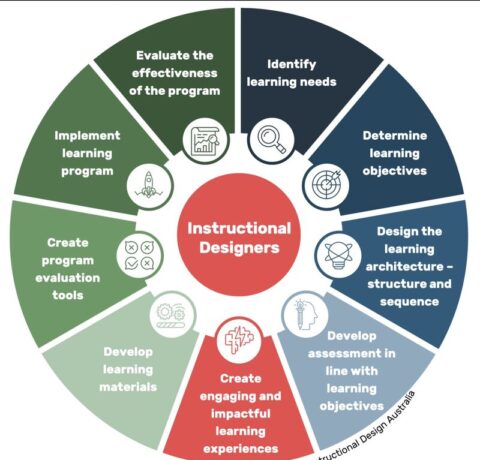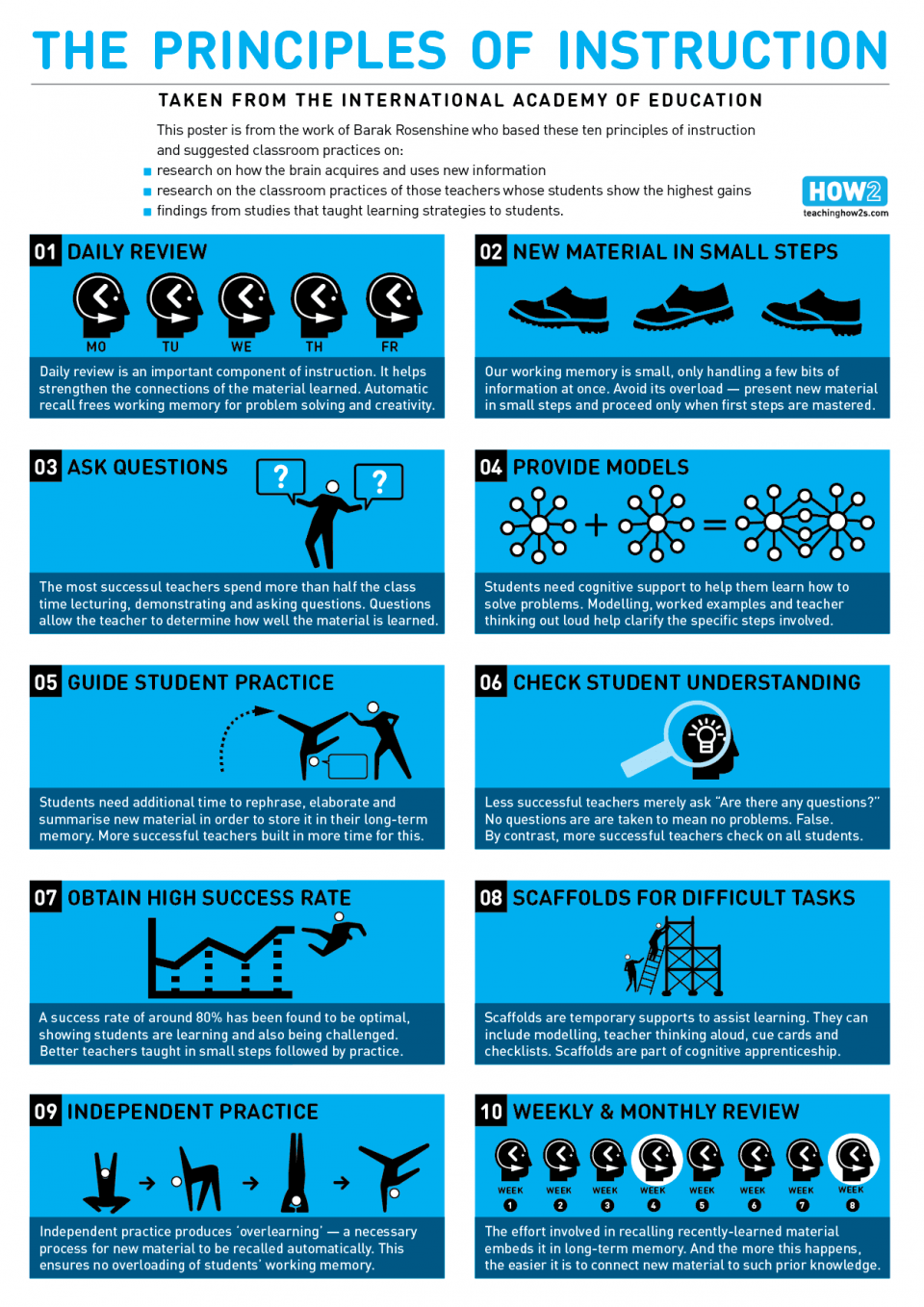The Principles of Instruction Infographic
The Principles of Instruction Infographic is from the work of Barak Rosenshine who based these ten principles of instruction and suggested classroom practices on:
- research on how the brain acquires and uses new information
- research on the classroom practices of those teachers whose students show the highest gains
- findings from studies that taught learning strategies to students.
1. DAILY REVIEW
Daily review is an important component of instruction. It helps strengthen the connections of the material learned. Automatic recall frees working memory for problem solving and creativity.
2. NEW MATERIAL IN SMALL STEPS
Our working memory is small, only handling a few bits of information at once. Avoid its overload — present new material in small steps and proceed only when first steps are mastered.
3. ASK QUESTIONS
The most successful teachers spend more than half the class time lecturing, demonstrating and asking questions. Questions allow the teacher to determine how well the material is learned.
4. PROVIDE MODELS
Students need cognitive support to help them learn how to solve problems. Modelling, worked examples and teacher thinking out loud help clarify the specific steps involved.
5. GUIDE STUDENT PRACTICE
Students need additional time to rephrase, elaborate and summarise new material in order to store it in their long-term memory. More successful teachers built in more time for this.
6. CHECK STUDENT UNDERSTANDING
Less successful teachers merely ask “Are there any questions?” No questions are taken to mean no problems. False. By contrast, more successful teachers check on all students.
7. OBTAIN HIGH SUCCESS RATE
A success rate of around 80% has been found to be optimal, showing students are learning and also being challenged. Better teachers taught in small steps followed by practice.
8. SCAFFOLDS FOR DIFFICULT TASKS
Scaffolds are temporary supports to assist learning. They can include modelling, teacher thinking aloud, cue cards and checklists. Scaffolds are part of cognitive apprenticeship.
9. INDEPENDENT PRACTICE
Independent practice produces ‘overlearning’ — a necessary process for new material to be recalled automatically. This ensures no overloading of students’ working memory.
10. WEEKLY & MONTHLY REVIEW
The effort involved in recalling recently-learned material embeds it in long-term memory. And the more this happens, the easier it is to connect new material to such prior knowledge.







You can adjust your cookie preferences here.